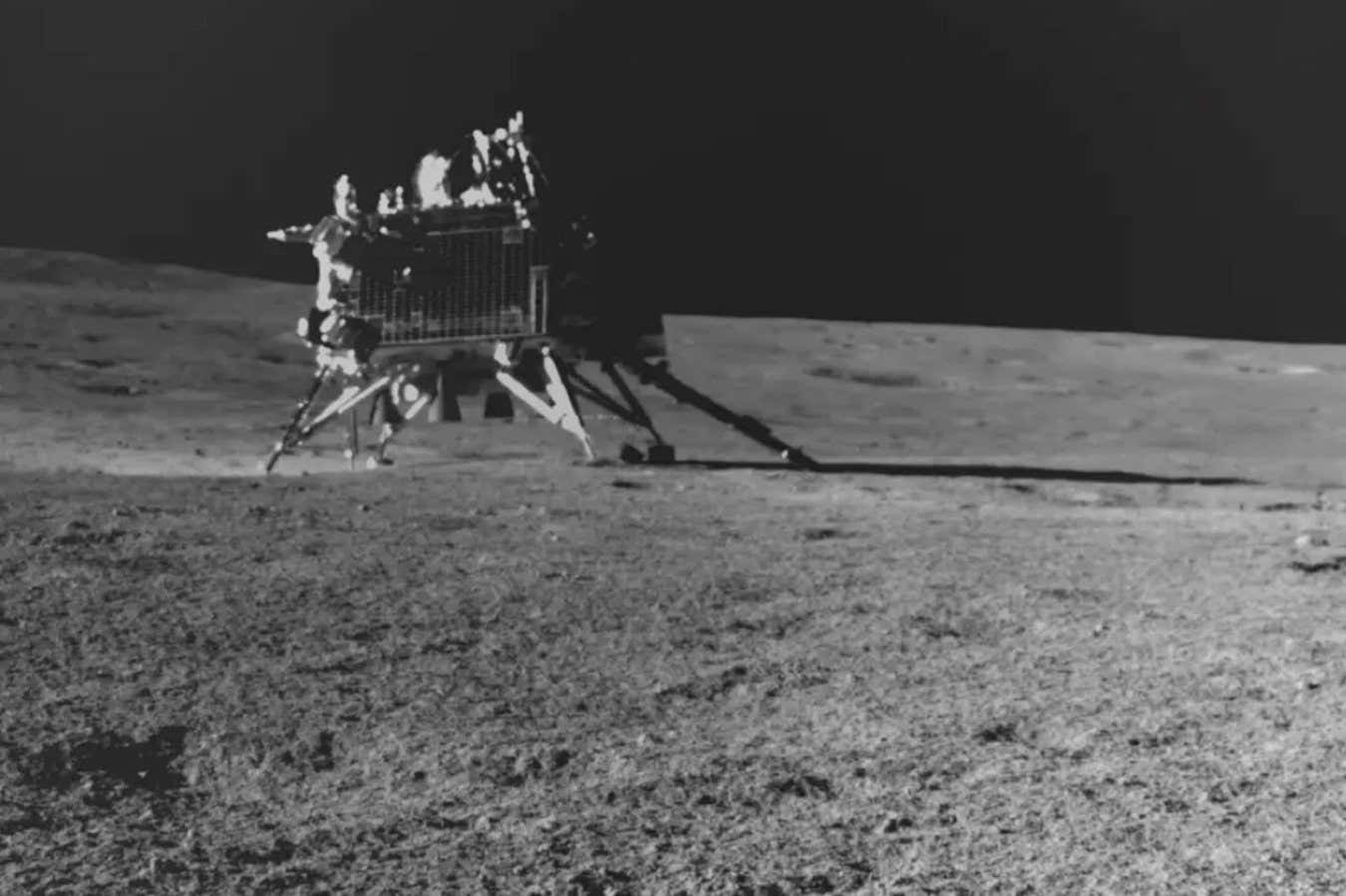The Indian Space Research Organisation (ISRO) is currently searching for signals from its Chandrayaan-3 mission, which landed on the moon’s surface. However, there have been no signs of the Vikram lander or Pragyan rover waking up from the two-week-long lunar night. It is suspected that the harsh lunar conditions may have caused the hardware to fail.
ISRO has been attempting to establish communication with the Vikram lander and Pragyan rover to determine their wake-up condition, but no signals have been received so far. The agency launched Chandrayaan-3 in July, with Vikram landing on the moon on August 23rd and releasing the Pragyan rover, which successfully covered around 100 meters on the surface.
Both devices completed their scientific experiments successfully, and Vikram even performed a “hop” maneuver, demonstrating its ability to take off, move laterally, and land again. This test provided valuable data for future lunar landings. However, after approximately two weeks of operation, both devices went into “sleep mode” in preparation for the freezing lunar night, where temperatures can drop as low as -238°C.
The mission concluded at this point, with the scientific payloads switched off and all data transmitted back to Earth. The solar panel on the lander was positioned to receive sunlight at the next sunrise, allowing it to generate power. Recently, the moon’s terminator, the line between night and day, passed the landing point, and the sun’s angle now allows the solar panels to begin producing energy.
The rover and lander are designed to harvest solar power when available and resume transmission with Earth. ISRO engineers are hopeful that the devices will wake up once more when the sun rises again in about two weeks. However, the extreme cold conditions on the moon may have damaged certain components, making it challenging for them to fully recover.
Sarah Casewell, a researcher at the University of Leicester, UK, suggests that the sustained cold period could have caused issues with the equipment. Warming up may take longer than planned, especially if the rover is in the shadow of a boulder. The mission initially aimed to operate for 14 days on the lunar surface, which it successfully accomplished. Therefore, if the craft wakes up and continues exploring the moon, it would be a remarkable achievement for the mission team and engineers.
Insights:
– The Chandrayaan-3 mission by ISRO aims to explore the moon’s surface.
– The Vikram lander and Pragyan rover have successfully conducted scientific experiments.
– The mission faced challenges due to the freezing lunar night and the extremely cold conditions.
– Recovering the devices and resuming exploration would be a significant achievement for the mission team and engineers.








